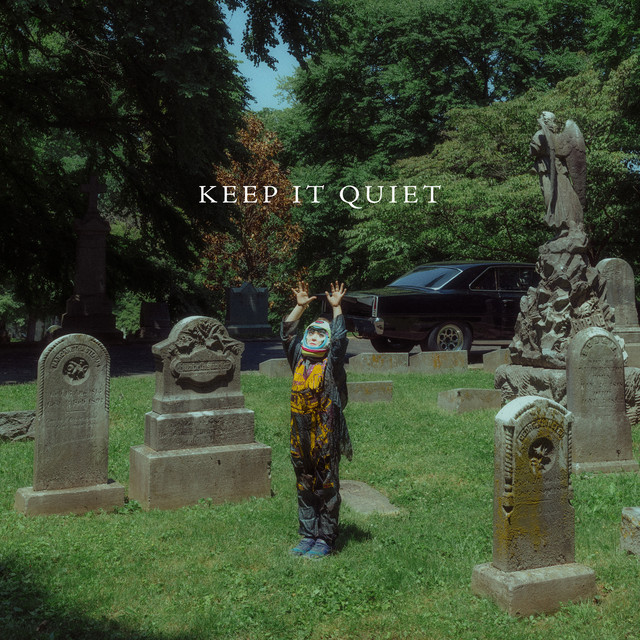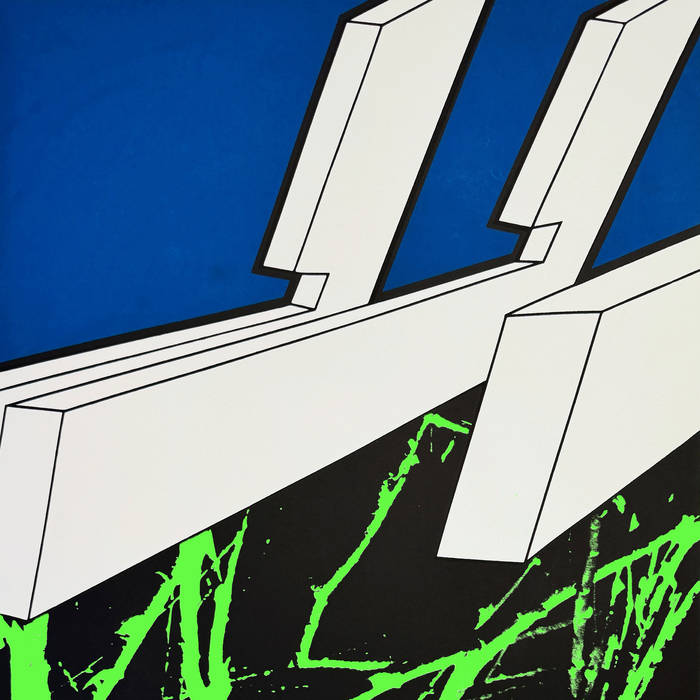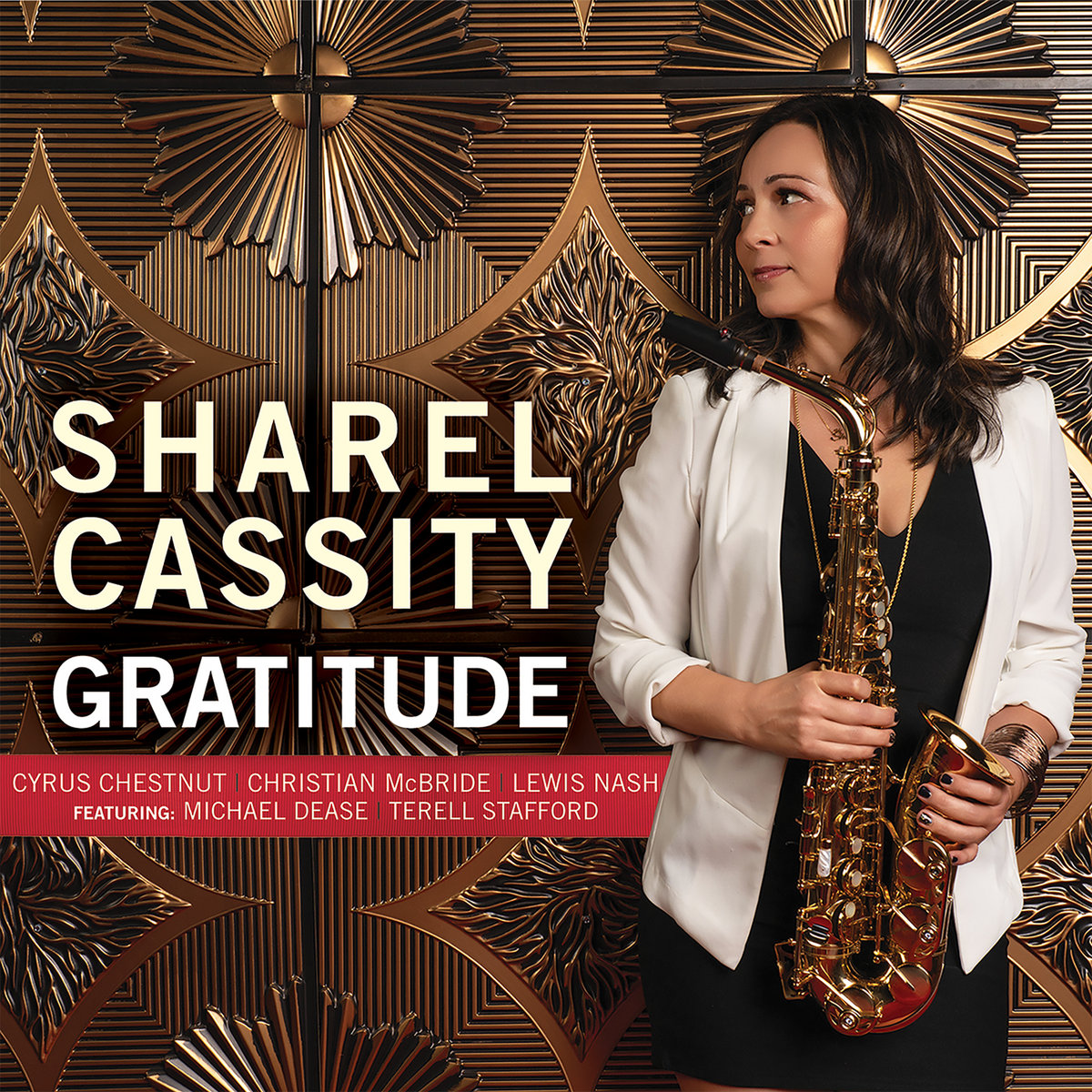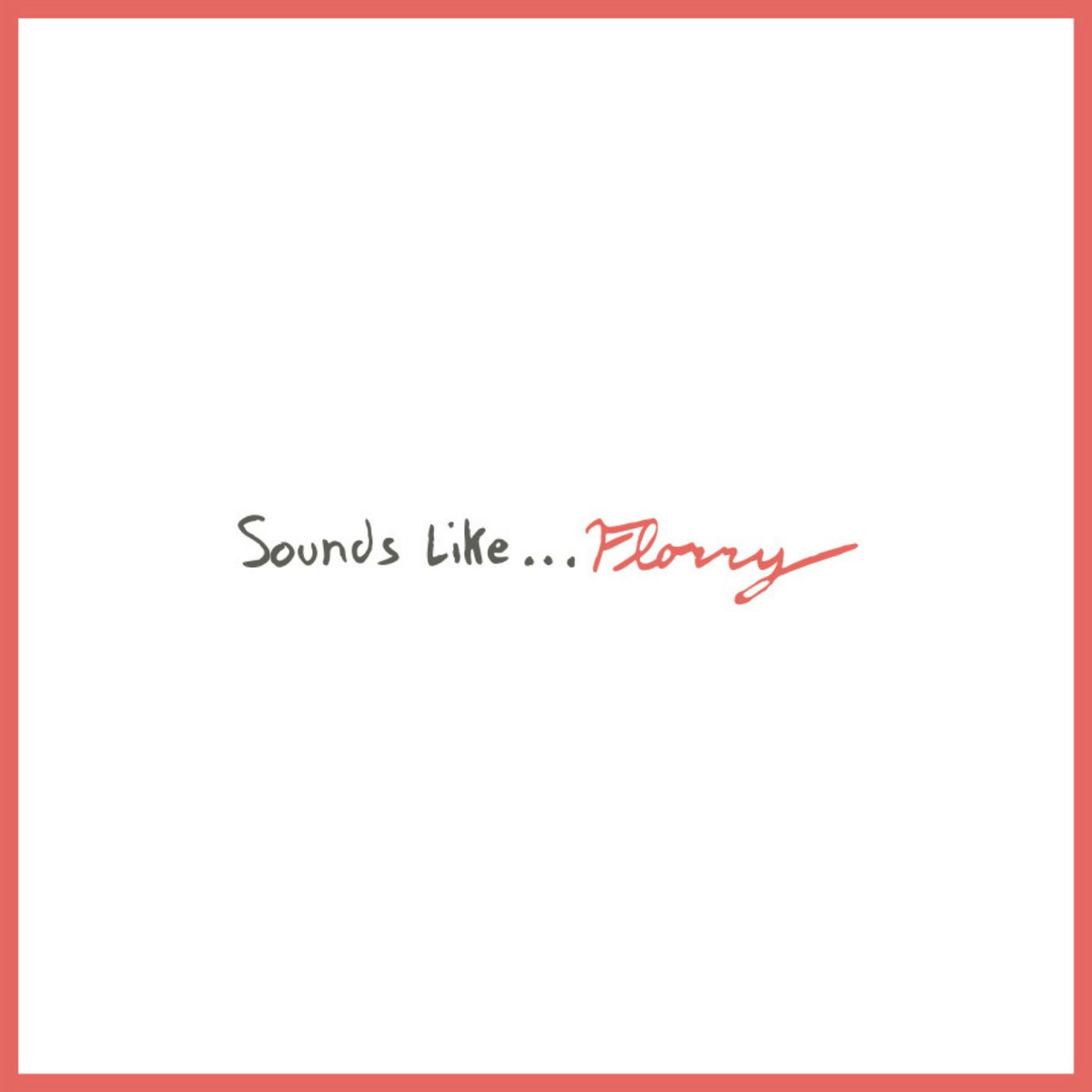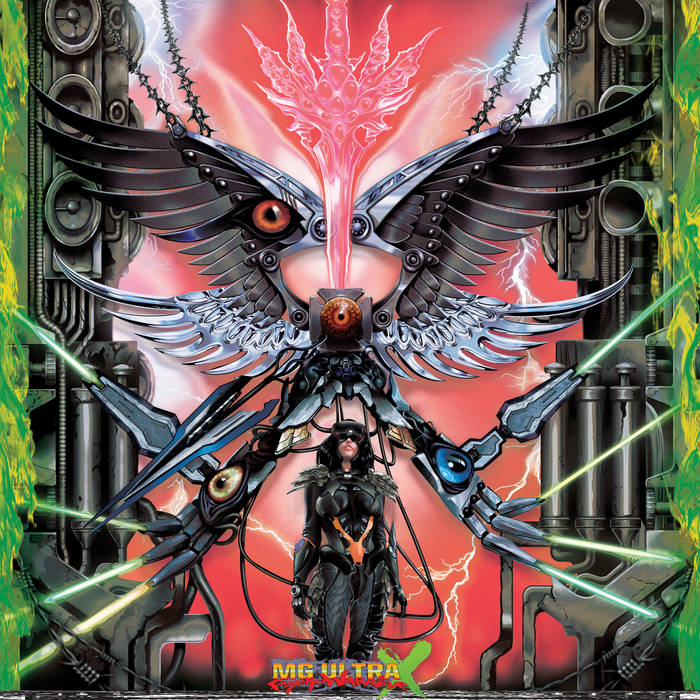** Image license **
Another day, another dollar, another “DJ Dragonfly’s Favorites.”
The end of the semester is upon us but that isn’t stopping me from keeping this series going. This month, my tastes seem all over the place. As the temperature cools and the days grow shorter, my music tastes usually grow more distorted. I move away from the upbeat indie beachy Summer-y feel to a more alternative rock, grungey, nu metal feel. Despite this, I have quite a few choices in this playlist that do not fit into that box. So without further ado, the playlist. Some of these songs have explicit content, so fair warning to everyone.

